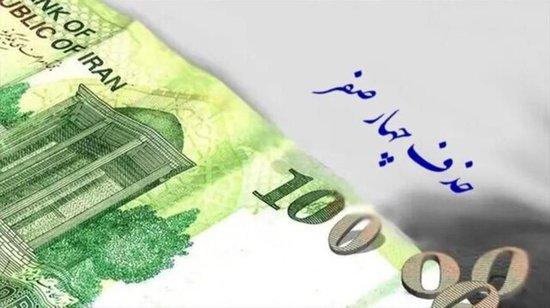
According to a report by the Iranian Students’ News Agency on July 28, the Economic Committee of the Iranian Parliament has conditionally approved a currency reform plan. This involves removing the last four zeros from the current Iranian currency, Rial, and replacing it with the Tman. According to preliminary plans by the Central Bank of Iran, the reform will be implemented gradually across the country.
The current Iranian currency, Rial, as depicted in Iranian media reports.
The report states that the Economic Committee emphasized that the final plan still needs to be approved by the Constitutional Guardianship Committee, which is responsible for reviewing whether bills passed by the parliament comply with the constitution. The spokesperson for the Economic Committee, Hamid Mammak, mentioned that although the plan has been conditionally approved, due to other laws being drafted after the bill was drafted, the committee recommends adjusting the details of the bill to avoid conflicts with new laws.
Mohammad Reza Falrani, the governor of the Central Bank of Iran, stated that this reform aims to enhance the convenience of currency transactions in daily life and establish the credibility of the currency in international financial markets. The reform plan sets a two-year transition period during which Rial and Tman will coexist, facilitating public adaptation.
According to an article published by the Financial Forum in November 2020, the newly issued 100,000 Rial banknotes (approximately 38 cents at the time) intentionally use light ink to print the last four zeros of the Arabic number 100,000, showing that the Central Bank of Iran is advancing its plan to remove the last four zeros from the country’s monetary unit. Based on the reform proposals proposed that same year, Iran will replace the currency unit from Rial to Tman, with one Tman equaling one million Rial, effectively erasing the last four zeros from the current currency.